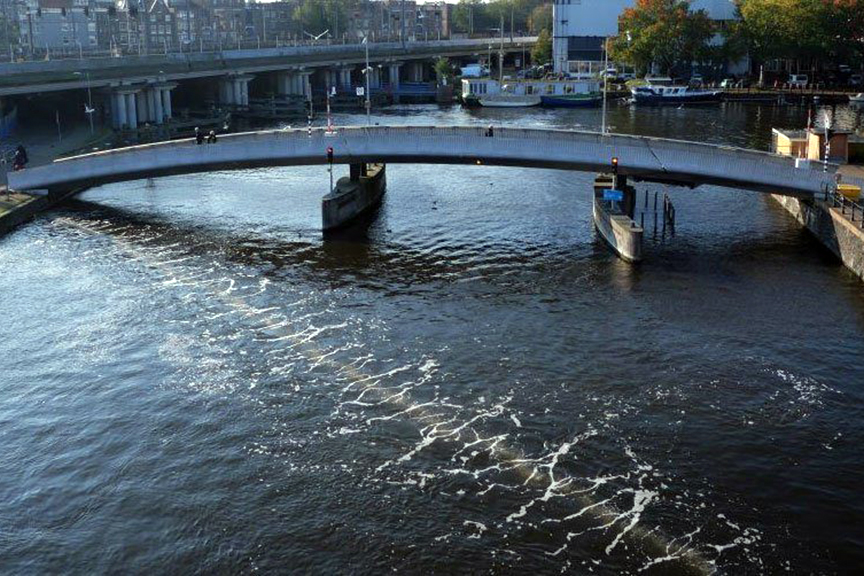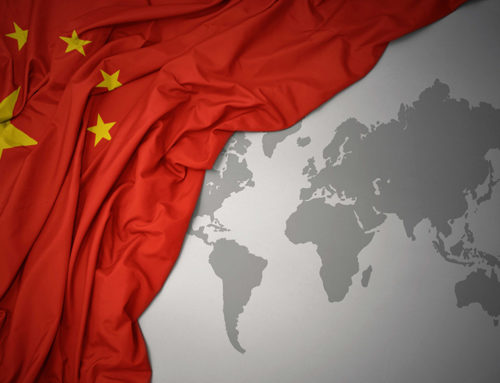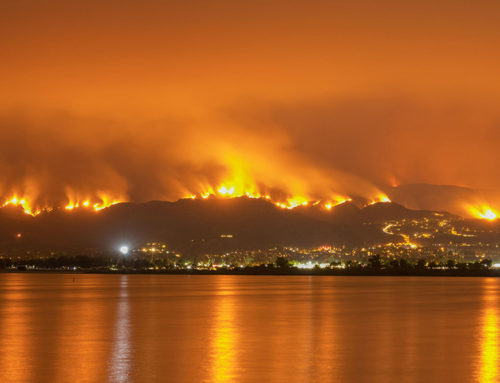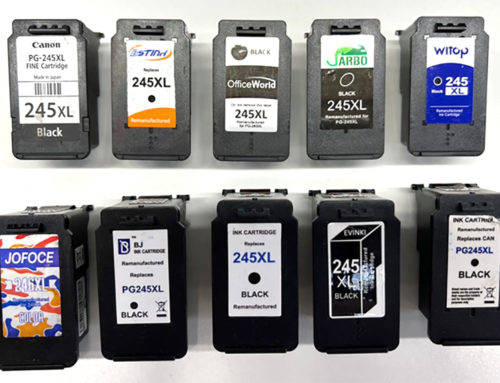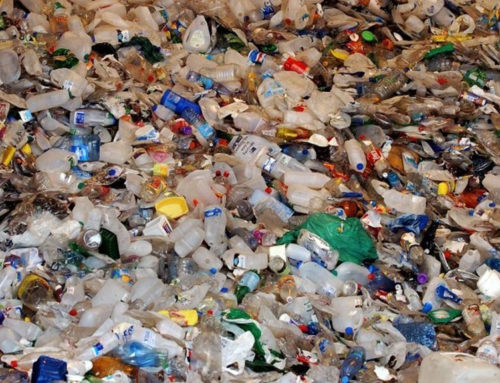The serene waterways of the Netherlands, with their picturesque canals and flowing rivers, have long been treasured by locals and tourists alike. Yet, beneath the calm surface, an insidious problem has been silently growing – plastic pollution. Enter Bubble Barrier technology, a promising innovation that is changing the game in the battle against plastic waste in Dutch rivers. This ingenious solution creates a stream of rising bubbles, working in tandem with the water’s natural flow, to redirect and collect plastic waste before it reaches the oceans.
The brainchild of Dutch startup The Great Bubble Barrier, this groundbreaking technology is making waves in the fight against plastic pollution. It all began with a pilot project in an Amsterdam canal in 2019, which not only demonstrated the concept’s effectiveness but also attracted significant attention and investments. With €470,000 secured in funding, the team embarked on their mission to bring their river bubble barrier to life.
Philip Ehrhorn, the chief technologist at The Great Bubble Barrier, explains the process behind this innovative technology. “We place a perforated tube on the bottom of the waterway, at an angle, and then pump through compressed air: the rising air bubbles create an upward current that will lift plastic from the water column to the surface, and then at the surface – together with the flow of the river – it is all pushed to one side.”
The Oude Rijn river in the Netherlands has been grappling with the ever-increasing problem of plastic pollution. Plastic waste carried by this river ultimately finds its way into the oceans, contributing to the global crisis of marine pollution. While the Bubble Barrier offers a beacon of hope, it is essential to recognize that plastic pollution has multifaceted origins, and rivers are just one entry point into the ocean.
Globally, we produce a staggering 300 million tons of plastic every year, with a disheartening 78 percent of it going unclaimed or recycled. An astounding 8.8 million tons of plastic end up in our oceans annually, placing a dire threat on marine life. Approximately 700 marine species teeter on the brink of extinction due to plastic’s harmful effects, from entanglement to ingestion. Shockingly, 50 percent of sea turtles have plastic in their stomachs. If current trends persist, a study by the World Economic Forum warns that by 2050, there will be one tonne of plastic for every three tonnes of fish, and, incredibly, more plastic than fish in the ocean by 2050 if we do not change our ways.
While the Bubble Barrier is not a silver bullet for the global plastic pollution crisis, it stands as a testament to human ingenuity and our capacity to address environmental challenges head-on. It offers a localized yet effective solution for river systems, preventing plastic waste from further polluting our precious oceans. But it is crucial to recognize that true change requires a multi-pronged approach, involving reduced plastic production, improved recycling, and enhanced awareness.
As Bubble Barrier technology takes its place in the fight against plastic pollution, let us not forget the broader mission at hand. It is a collective responsibility to curb our plastic addiction and protect our oceans, ensuring that the beauty of Dutch waterways remains untarnished for generations to come. The Bubble Barrier is a hopeful chapter in this ongoing saga, demonstrating that with innovation and determination, we can turn the tide on plastic pollution.

